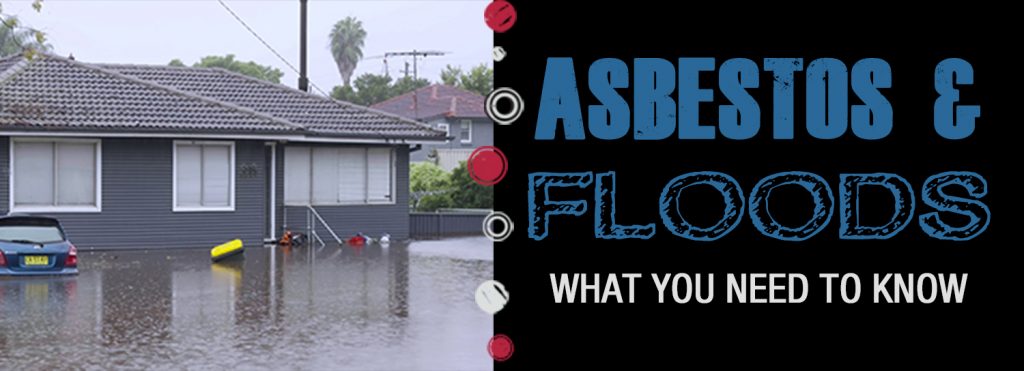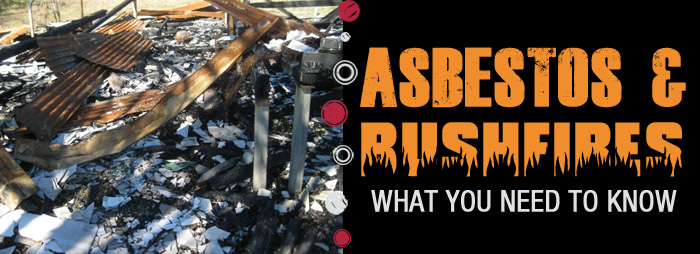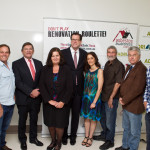What Stakeholders have to say about ‘Betty’
INTERNATIONAL BAN ASBESTOS SECRETARIAT (IBAS), LONDON UK

Betty, the asbestos model house, is a shining example of a creative approach to a difficult subject. No one really wants to KNOW that their home might be a death trap but the fact of the matter is that asbestos remains hidden in homes as well as public buildings.
Betty is a focal point for a campaign which reaches out to the public in a positive way to educate and arm them with the information they need to take steps to protect the lives of those they love. I wish that Betty had a British cousin!
Laurie Kazan Allen, Co-ordinator of the International Ban Asbestos Secretariat (IBAS), London, UK
SAFEWORK SOUTH AUSTRALIA

SafeWork SA was a proud supporter of the ‘Betty the ADRI House’ tour in South Australia. The Betty tour formed part of a wider SafeWork SA educational campaign on asbestos awareness from October to December 2016. Thanks to the support of Bunnings Warehouse, SafeWork SA and Betty we were able to engage with multiple communities, in particular home renovators, across metropolitan Adelaide.
Having a purpose-built van to demonstrate where asbestos can be found in the home is a highly effective way of explaining the risks associated with disturbing building materials that may contain asbestos. At the end of our campaign, the South Australian Government’s asbestos information website received an increase of almost 20 per cent in page views compared to the previous year.
We believe the Betty tour played an important role in this increase and in increasing the public’s awareness and understanding about asbestos.
Brett Pfeffer, Principal Industry Advisor, Workplace Advisory Services, SafeWork SA

BUNNINGS
Our Bunnings Team members and customers in the NT and SA stores where Betty visited (as part of National Asbestos Awareness Month) was all positive with many saying they’d learned more about the dangers and correct safe handling of asbestos. In summary; Betty and the information provided worked well. One can honestly say that a picture say’s a thousand words and Betty and the presenters supported this. For our other stores that didn’t host Betty, they’d heard about the Betty (Van) and wished they hosted it in their stores. I think if we can get Betty to Tassie that we will have the same positive outcome.”
Morris Lamacchia, Marketing Services Manager SA/NT/TAS, Bunnings Group Limited

FAIRFIELD CITY COUNCIL
Fairfield City Council was lucky enough to have a visit from Betty and her crew today to educate our residents about the dangers of asbestos when renovating their homes. Around 300 residents came along to talk with the experts and gained valuable knowledge that may very well save their lives and the lives of their loved ones.
Stephanie Keane, Waste and Sustainability Projects Officer, Waste Strategy and Sustainability City Operations, Fairfield City Council

NORTHERN TERRITORY GOVERNMENT
We have a very unique opportunity with Betty to highlight to Territorians the dangers of asbestos. Asbestos can be found in a number of buildings across the Territory and it is important that we remind Territorians if they are undertaking renovations, they need to look out for asbestos to protect themselves and their families.”
The Hon. Natasha Fyles, Attorney-General and Minister for Justice (NT)
FEDERAL MEMBER FOR LINGIARI (NT)

It’s great that Betty has come to Alice Springs and I’m grateful to those who’ve funded this trip and the roles of those involved in it because increasing awareness of people who may be ignorant of the dangers of asbestos is very important.
It’s important that people who have asbestos in their houses understand how to deal with it and if they need to get rid of it get the professionals in. It’s very, very important that it’s done safely so that people aren’t affected adversely by it.
Betty’s lovely and I wonder what people think when they’re driving up the highway behind this house. I can see how Betty would stimulate people to click onto the website and they too can be informed just by seeing Betty passing by.
The Hon. Warren Snowdon MP, Federal Member for Lingiari (NT)
ALICE SPRINGS TOWN COUNCIL

Asbestos awareness needs to be carried right across the community. The provision in what you’ve done in traveling down the highway towards Alice Springs from Darwin is all about awareness.
Betty is a very practical resource. We know how popular home renovation shows are so as long as people keep talking the message and doing what you have done in bringing Betty to Alice Springs, it all helps towards creating that awareness.
Damien Ryan, Mayor Alice Springs Town Council
I’m grateful that you have come here (Alice Springs NT). The information in the media has been very good

along with seeing Betty which has opened my eyes up to the dangers of asbestos again.
Jamie de Brenni, Deputy Mayor, Alice Springs

BUNNINGS
Betty is a really unique way of telling a story. It’s a very great set up with the visual display and it sparks people’s interest to come and have a look at it.
Sean Wood Manager, Bunnings Warehouse, Alice Springs NT
ASBESTOS DISEASES SOCIETY OF SOUTH AUSTRALIA

A purpose-built, mobile caravan house that graphically illustrates the pervasive use of asbestos products in the home is a great way of raising public awareness. And as someone who had not previously come across ‘her’ I was really impressed, as I’m sure most people are when they meet ‘Betty’ for the very first time. That was certainly the feedback that I and my Asbestos Diseases Society SA colleagues had from the people we met during the Adelaide stage of her tour.
Betty’ is a powerful, educational awareness tool that assists us in understanding the dangers associated with asbestos in the home. This is because of her practicality. People can see for themselves what asbestos products look like, what they’re used for and where in the home they are likely to be found.
Don Burke’s involvement in the media side of the Betty project was also a smart move as he is an informed, popular and trustworthy asbestos ambassador.
Dr Kevin Purse, Asbestos Diseases Society of South Australia
Asbestos Awareness – Community Stakeholders
 District Council of the Copper Coast, Regional SA
District Council of the Copper Coast, Regional SA
The benefit to Council participating in this campaign has been the ongoing improvements in preventing illegal dumping of asbestos as well as the illegal boarding of asbestos into our community. This along with the increase in awareness across our community has brought benefits to both our organisation and community as a whole by making our community and work areas safer as a result of a decrease in illegal dumping.

Frank Mills, CEO, Mornington Shire Council, Regional QLD
Mornington Shire Council is extremely proud to have taken part national Asbestos Awareness Month. Recognition of our contribution through the Betty Awards and the accolades which come with them are a fitting tribute to recognise the enormous effort our staff have put into creating awareness of asbestos. Mornington Shire Council’s campaign culminated in the removal of an asbestos riddled building that has been a serious health risk to our community for fifteen years, and through its removal together with asbestos education, the real winners here are the entire community.

Helen Coleman, Mayor, Nillumbik Shire Council, Metropolitan VIC
Nillumbik Shire Council is very pleased to participate in Asbestos Awareness Month. This program has given Council another avenue to engage with our citizens and represents a positive step forward in Council’s role in protecting our community’s wellbeing.

Cooma-Monaro Council, Regional NSW
By participating in Asbestos Awareness Month the entire council, Councillors, residents and general community are made aware of the dangers of asbestos. Like many regional centres, the majority of housing in our region was built with asbestos fibro sheeting. Many renovators of these older houses start a “minor” renovation without any consideration of the materials which they are removing or sanding. Awareness campaigns such as Asbestos Awareness Month bring the information to the forefront of people’s minds so that dangerous activities can be avoided.

Cook Shire Council, Regional QLD
As a result of our participation in Asbestos Awareness Month I believe our community has a better understanding of where asbestos can be found and how it should be collected. We as a local government are here to serve our community and ensure their wellbeing. If we can save one life, that’s awesome. If all we can do is tackle illegal dumping of asbestos, then that is great too.

Lord Mayor Gordon Bradbery OAM, Wollongong City Council, Regional NSW
Like many regional communities there is an urgent need for Council to ensure that the messages on asbestos, people renovating houses and people being aware of asbestos in other areas are compelling so we continue to develop a healthy community in our liveable city. Asbestos Awareness Month enables us to do this effectively.



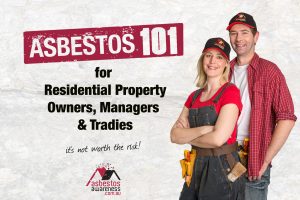
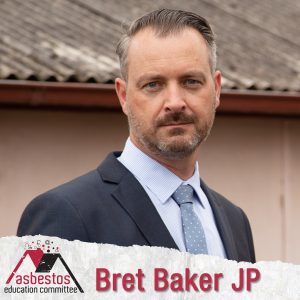
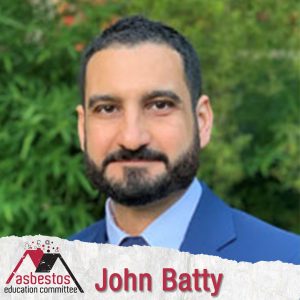 John Batty
John Batty
 Councillor Greg Cummings
Councillor Greg Cummings Mathew Klintfält, Asbestos Awareness Advocate and son of the Late Carol Klintfält AM
Mathew Klintfält, Asbestos Awareness Advocate and son of the Late Carol Klintfält AM Phillip Smith
Phillip Smith Joanne Wade
Joanne Wade
 The resource developed specifically for young workers features 10 sections including how asbestos came to be incorporated in more than 3,000 products still found in an extensive range of buildings including residential, non-residential and commercial properties; the sorts of products that may contain asbestos; what to be aware of when working in a region identified as having naturally occurring asbestos (NOA); who is responsible for asbestos identification and management on a worksite; who can remove asbestos; the importance of what to do if they suspect asbestos is present; and, a series of links to additional helpful information and resources.
The resource developed specifically for young workers features 10 sections including how asbestos came to be incorporated in more than 3,000 products still found in an extensive range of buildings including residential, non-residential and commercial properties; the sorts of products that may contain asbestos; what to be aware of when working in a region identified as having naturally occurring asbestos (NOA); who is responsible for asbestos identification and management on a worksite; who can remove asbestos; the importance of what to do if they suspect asbestos is present; and, a series of links to additional helpful information and resources.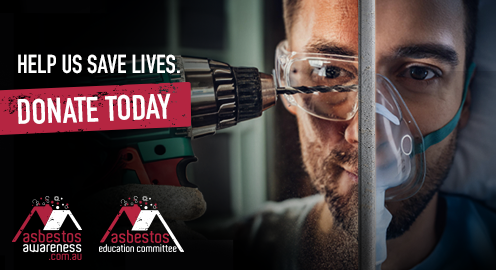










 District Council of the Copper Coast, Regional SA
District Council of the Copper Coast, Regional SA





